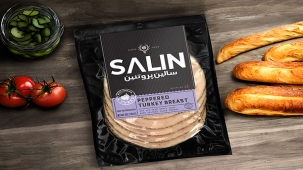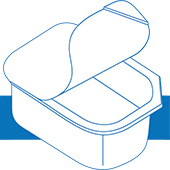The destruction process is predicted for meat products, microbial growth, discoloration and oxidative damage. in cooked and uncooked meat products, the heating process must kill the growing bacterial cells as well as inactivate the destructive enzymes and ultimately preserve the color. The problems with these products are primarily due to post-process contamination or poor hygiene and control methods.
Some uncooked meat products, such as beef burgers, contain sulfur dioxide, which is often added as a sodium metabolite. This additive, (usually used for products that contain at least 6% cereal in content) is used as an effective preservative against a wide range of perishable mechanisms.
Cooked meat product and boiled meat, owe their pink color to the use of nitrite, which is formed by the interaction of myoglobin in meat in the form of nitrocellulose myoglobin.
Although these pigments are relatively stable, but they are prone to oxidative whitening, especially when exposed to light.
Therefore, cooked meat products must be packaged with oxygen.
The addition of nitrite and salt can further inhibit the bacteria that cause food poisoning. This inhibition may be compromised in products compatible with reducing salt, nitrite, or other preservatives.
As for the possible effects, any precautions should be taken with regard to any changes in product formulations. Simple cooked meat with no extra preservatives may be at risk for the growth of clostridium botulinum, an anaerobic bacterium that can be controlled by modified atmosphere method (MAP)and cold storage.
Meat products contain significant amounts of unsaturated fats that are prone to breakdown by oxidative spoilage, so solving this problem can be easily done by removing oxygen and using modified atmosphere method, prevented these failures.
Comments
Post comment
Comments sent by you will be published after the approval of the website administrator.


